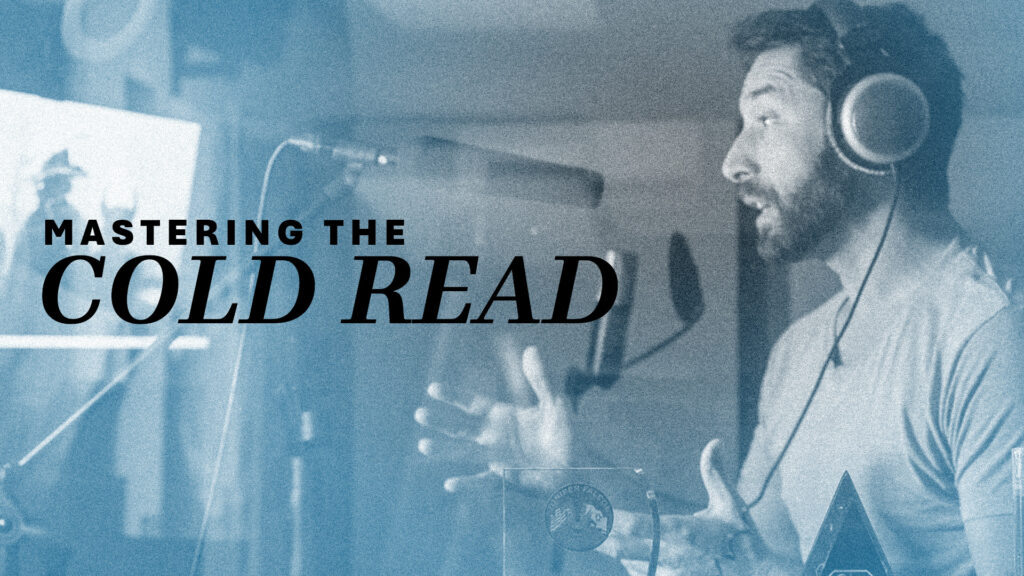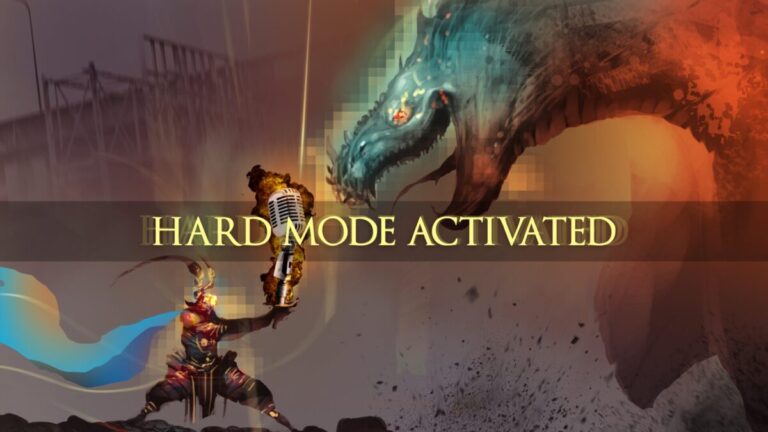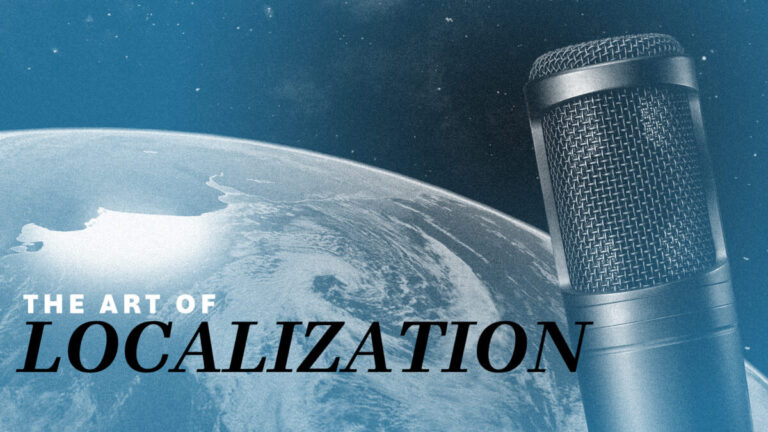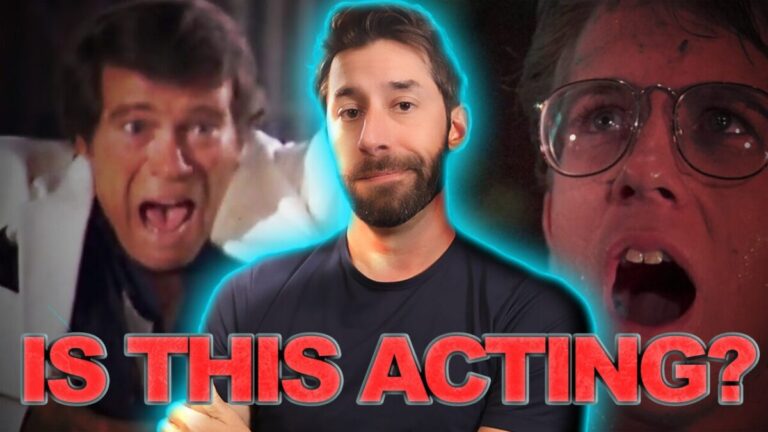If you’ve been following my journey as a voice actor, you know I often talk about my ability to churn out auditions quickly. If the Hall of Justice were casting, I’d be Efficiency-Man. So, what’s the secret tool on my voice acting utility belt?
Cold reading.
It’s like sight-reading in music, but instead of playing notes, you’re speaking words without pre-planning. Your eyes scan the page, and the words flow from your mouth. I’ve become so adept at cold reading that I rarely rehearse before recording. Of course, for scripts that require deep character work, I spend more time. But for corporate eLearning? Cold reads all day.
Cold reading isn’t something you can just teach outright. My goal here is to break down its elements so you know what to practice. Master these techniques, and you’ll become the new Frosty.
Be- because your reads will be cold. Cold reads. It’s a- it’s a pun. Ahem. Moving on.
The Elements of Cold Reading
Bypassing
Predicting
Weaving
Combine predicting and bypassing, and you can queue up sentences before speaking. Reading is faster than speaking, so while your mouth is on the third word, your eyes are ahead, queuing up words. By the time I start a sentence, I’ve already processed its end. This is weaving, part of the deferred procedure principle. Use dead time to see and queue up more words.
Practicing Cold Reading
To practice, grab some audition copy, a book, or a blog post (hint hint). Read out loud, letting your eyes follow your finger across the page. Move your finger faster than you speak, but don’t speed up your speech. Initially, you might only read a few words ahead, but with practice, you’ll commit more words to memory and nail reads on the first try. Cold reading has a great side effect: it prevents you from critiquing your performance mid-read. Without time to process delivery, you’re more likely to rely on your instincts, leading to natural reads. And the VO industry is all about authentic reads these days.
Remember, this is a new skill. It won’t be perfect right away. I tell my students all the time, “Slow is smooth is fast”. Don’t rush to the point of sloppiness. It’s okay to record a second take if the cold read take wasn’t it. It’s about practicing cold reads to start. If you play the cold read back and it’s good, congrats! You’re improving. Keep practicing!
Even after you’re comfortable with cold reading, remember it’s not necessarily something you should use for every genre. Corporate eLearning might not need the same attention as a gritty animated series. For straightforward auditions, cold reading saves time, allowing you the time to focus on character auditions. Your character work should have more thought and intention applied to the audition than a cold read can provide.
If you haven’t checked it out yet, look into Jim Kwik’s speed reading course. His insights are fantastic for voice actors and his story is incredibly inspiring. Otherwise, bust out a book or something else to cold read and get to it! Maybe this free eBook on voice acting would be a great start!






